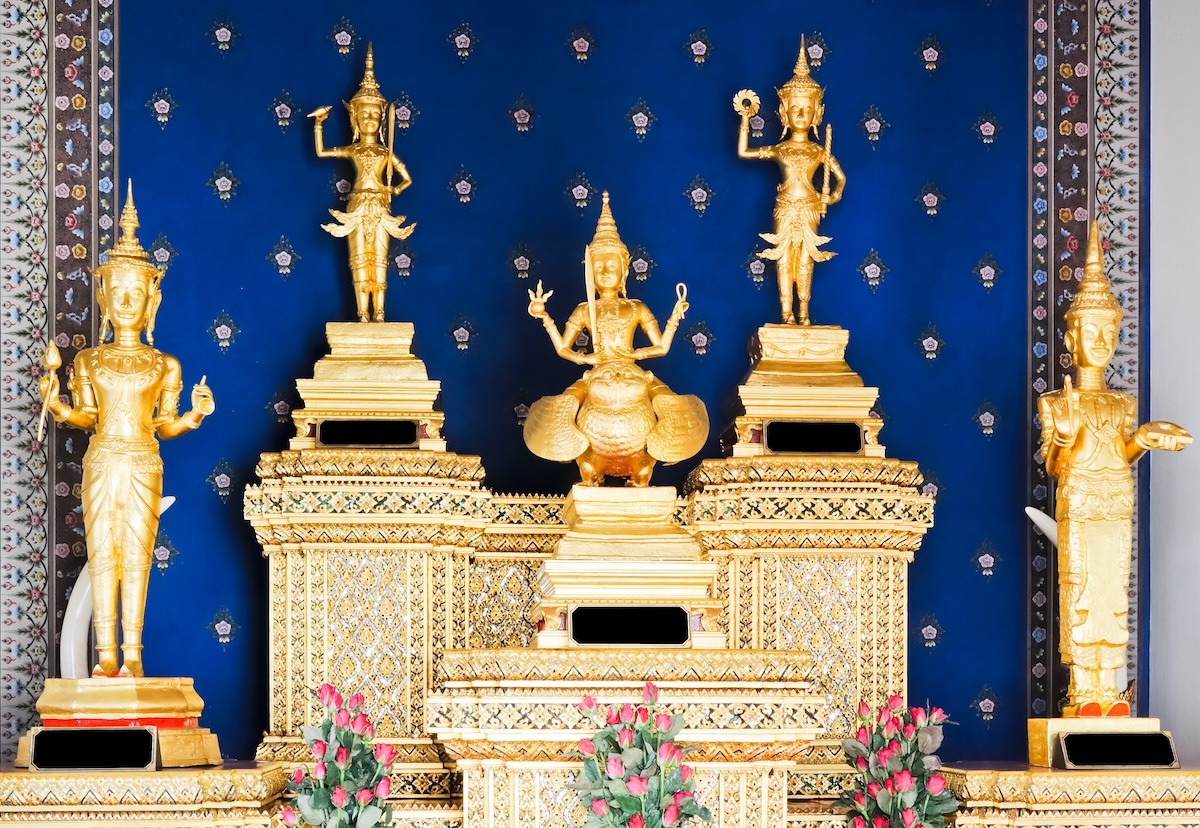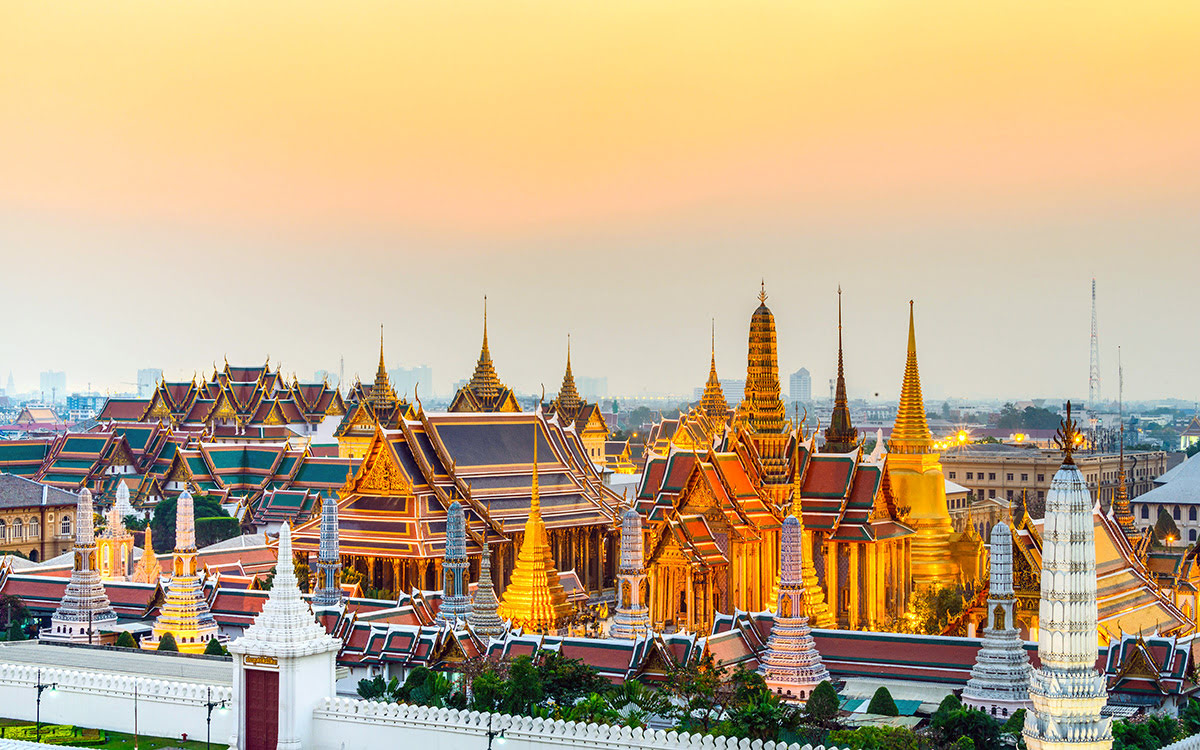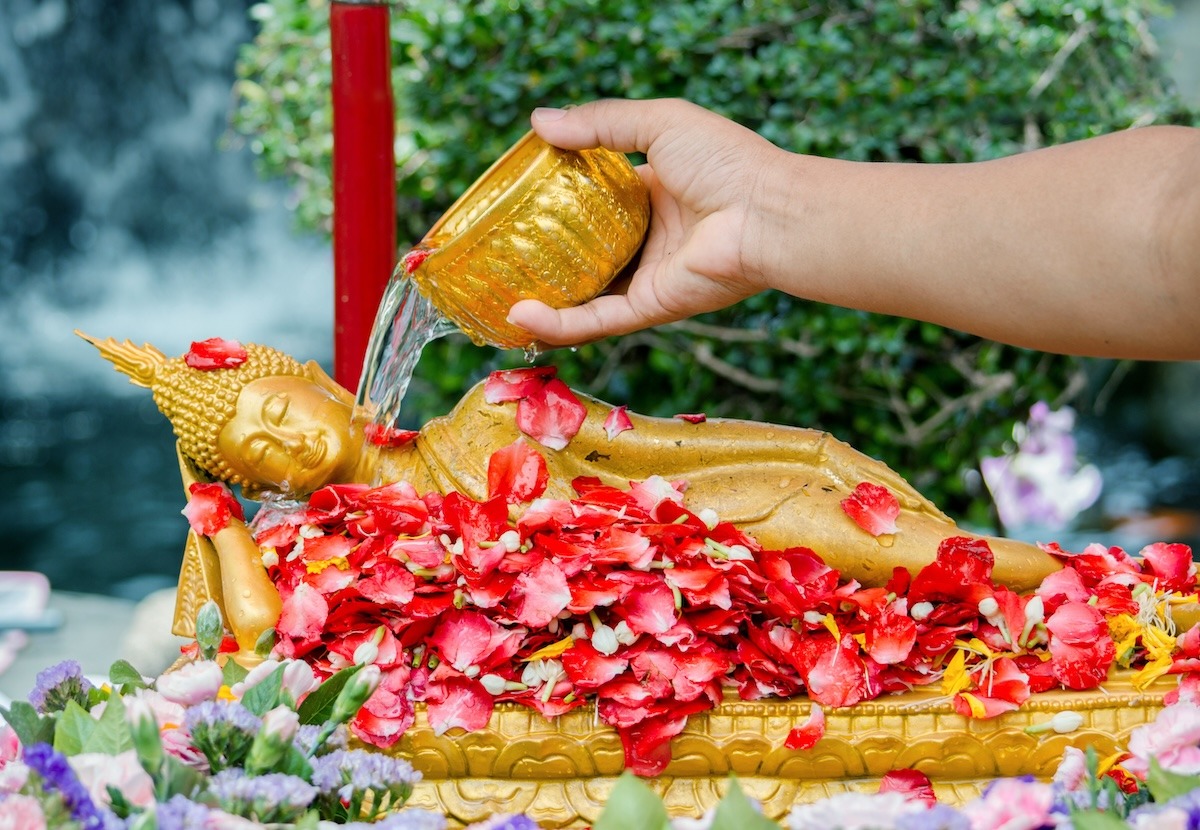Nestled in the heart of Bangkok, the City Pillar Shrine is one of the city’s most revered spiritual sites. Known locally as ‘Lak Muang’, this sacred shrine is a significant cultural landmark that dates back to the founding of the city itself. Whether you’re a history buff, a spiritual seeker, or simply a curious traveler, the City Pillar Shrine offers a glimpse into the soul of Bangkok.
A Glimpse into History: The Origins of the City Pillar Shrine
The City Pillar Shrine was established in 1782 under the reign of King Rama I, coinciding with the founding of Bangkok as the capital of Thailand. The shrine was built to house the city pillar, a symbolic representation of the city’s spiritual and earthly stability. According to Thai tradition, the erection of a city pillar is a crucial step in the establishment of a new city, believed to bring prosperity and protection to the land.
Legends say that the date and time for the pillar erection were carefully chosen by royal astrologers to ensure an auspicious future for the city. The original pillar was made from Chaiyaphreuk wood, but a second pillar was later installed in 1853 by King Rama IV. This rich history endows the City Pillar Shrine with deep cultural and historical significance, making it a must-visit for anyone interested in the traditions of Bangkok.
The Spiritual Significance of the City Pillar Shrine
For many Thais, the City Pillar Shrine is more than just a historical monument; it is a place of deep spiritual importance. The shrine is believed to house guardian spirits that protect the city and its inhabitants. Locals and tourists alike visit the shrine to pay their respects, offer prayers, and make merit. The atmosphere within the shrine is serene and contemplative, offering a peaceful retreat from the bustling city streets.
Visitors often participate in traditional rituals, such as lighting incense, offering garlands, and making donations, seeking blessings for prosperity, good health, and protection. The presence of the shrine amidst the modern urban landscape serves as a poignant reminder of Bangkok’s rich cultural heritage and the enduring importance of spirituality in Thai society.
Practical Information for Visiting the City Pillar Shrine
Location and Getting There
The City Pillar Shrine is conveniently located near some of Bangkok’s most famous landmarks, including the Grand Palace and Wat Phra Kaew. Its exact address is:
Th Na Phra Lan, Phra Nakhon, Bangkok 10200, Thailand
Getting to the City Pillar Shrine is straightforward. If you’re using public transportation, the easiest way is to take the BTS Skytrain to Saphan Taksin station and then hop on a Chao Phraya Express boat to Tha Chang Pier. From there, it’s a short walk to the shrine. Alternatively, you can take a taxi or use a ride-hailing app for door-to-door convenience.
For those driving, be aware that parking around the shrine can be challenging due to its prime location. Street parking is limited, so it might be better to use public transport or leave your car at a nearby parking facility.
Opening Hours and Entrance Fee
The City Pillar Shrine is open daily from 6:30 AM to 6:00 PM. There is no entrance fee, making it an accessible destination for all travelers. However, donations are accepted and greatly appreciated, as they help maintain the shrine and its surroundings.
Dress Code and Etiquette
As the City Pillar Shrine is a place of worship, it is important to dress respectfully. Visitors should wear modest clothing, covering their shoulders and knees. Avoid wearing shorts, sleeveless tops, or revealing outfits. If you arrive without appropriate attire, you may be able to borrow a sarong or scarf at the entrance.
When entering the shrine, remove your shoes and speak in a low voice to maintain the peaceful atmosphere. Photography is generally allowed, but be mindful and respectful of worshippers and rituals taking place. Refrain from taking photos during prayer or intrusive close-ups.
Exploring the Surrounding Area
The City Pillar Shrine’s prime location places it near several other must-visit attractions. Here are a few you might want to add to your itinerary:
- Grand Palace: Just a short walk from the City Pillar Shrine, the Grand Palace is an iconic landmark that has been the official residence of the Kings of Thailand since 1782. Its stunning architecture and historical significance make it a must-see.
- Wat Phra Kaew: Also known as the Temple of the Emerald Buddha, this sacred temple is situated within the grounds of the Grand Palace. It houses the revered Emerald Buddha statue, a symbol of Thailand’s spiritual and cultural heritage.
- Wat Pho: Famous for its giant reclining Buddha statue and traditional Thai massage school, Wat Pho is a short distance from the City Pillar Shrine. It’s a great place to relax and learn more about Thai spirituality and wellness practices.
Unique Cultural Experiences and Festivals
The City Pillar Shrine is not only a site of daily worship but also a focal point for several cultural festivals and events. These celebrations provide a unique opportunity to experience Thai culture and traditions up close.
Important Festivals
Two of the most notable festivals celebrated at the City Pillar Shrine are:
- Songkran (Thai New Year): Held in April, Songkran is the traditional Thai New Year festival. Visitors can witness special ceremonies at the shrine, where locals pour water over the city pillar as a form of blessing and purification for the upcoming year.
- Loi Krathong: Celebrated in November, Loi Krathong involves floating small, decorated baskets (krathongs) on the water to pay respect to the goddess of water. Though primarily celebrated along rivers and canals, the City Pillar Shrine also holds ceremonies and decorations during this time.
A Deeper Dive into the Spiritual Practices
Understanding the rituals and ceremonies practiced at the City Pillar Shrine can enhance your visit, offering deeper insight into Thai spirituality and culture.
Daily Rituals
Every day, visitors and worshippers perform various rituals at the City Pillar Shrine. These include:
- Incense and Candle Lighting: Lighting incense sticks and candles is a common practice, symbolizing purity, clarity, and enlightenment. Visitors often light a trio of incense sticks, representing the Buddha, the Dharma (Buddha’s teachings), and the Sangha (Buddhist community).
- Offering Garlands: Floral garlands, particularly those made of marigolds or jasmine, are offered to the city pillar as a sign of respect and devotion. These garlands can be purchased at the entrance or from nearby vendors.
- Monetary Donations: Making donations to the shrine is a way of gaining merit (good karma). Donation boxes are available, and the funds are used for the maintenance of the shrine and charitable activities.






















